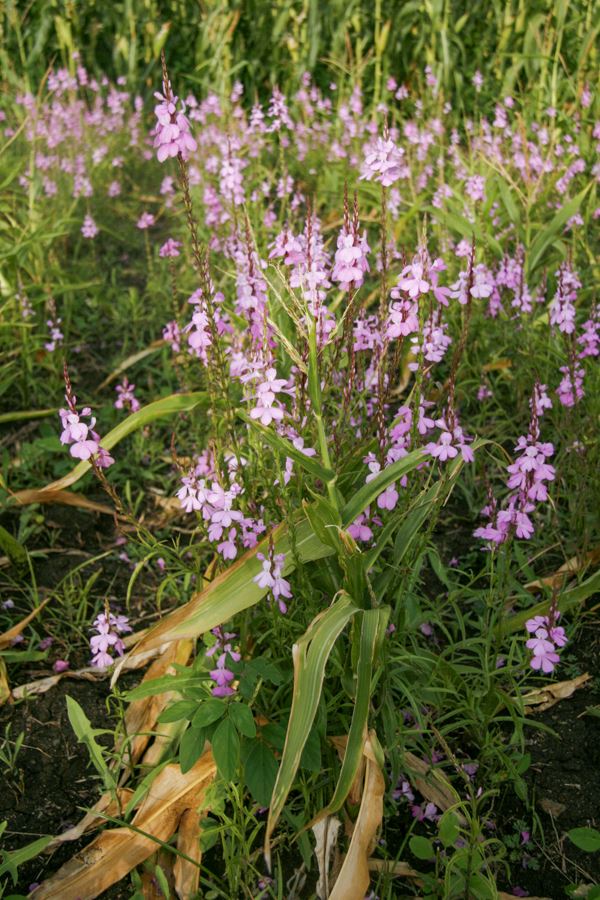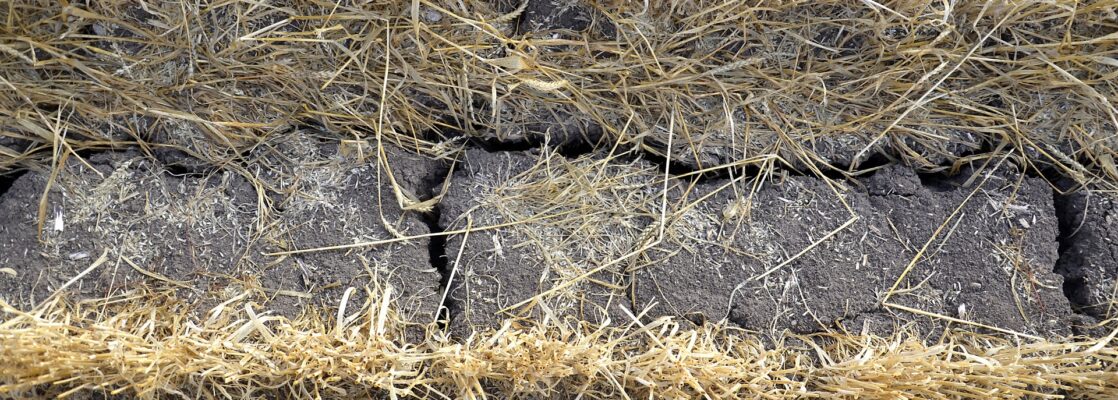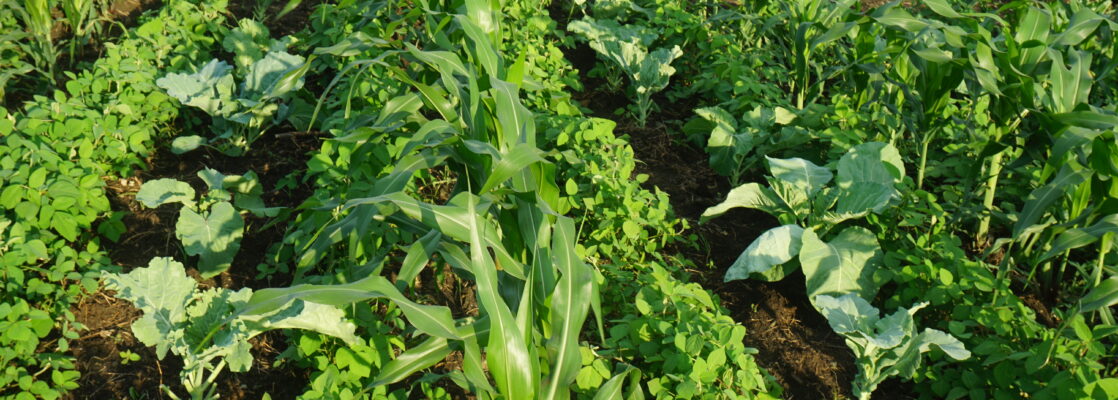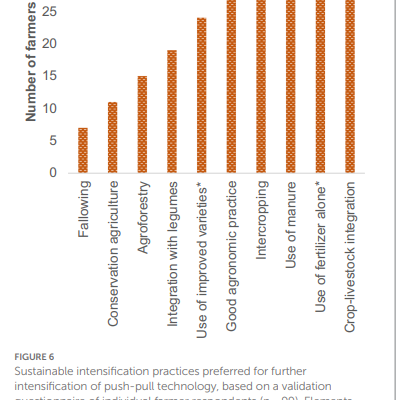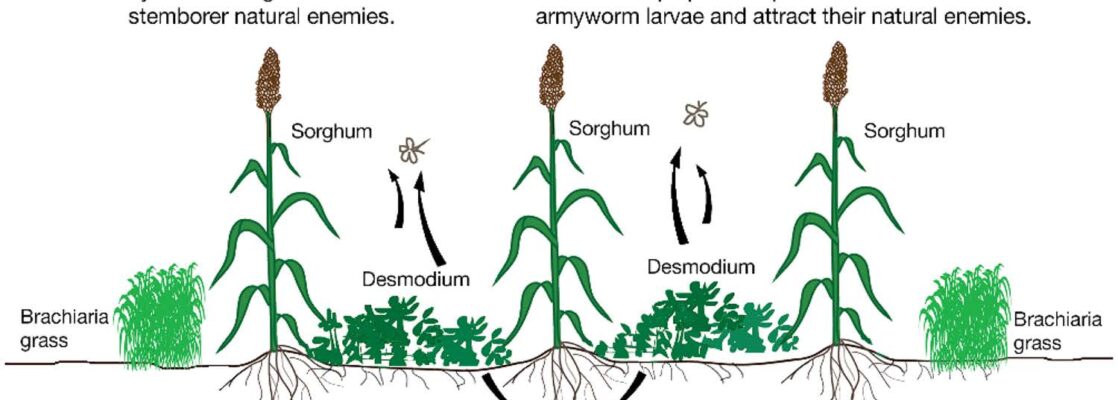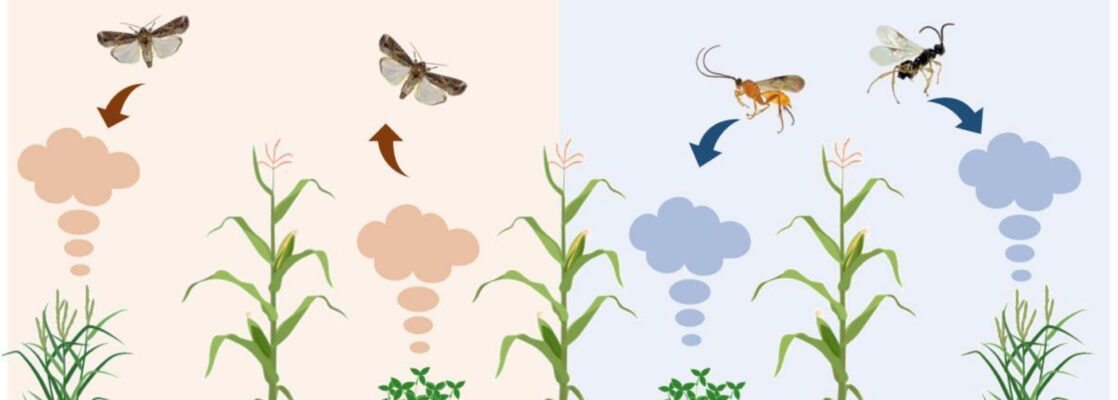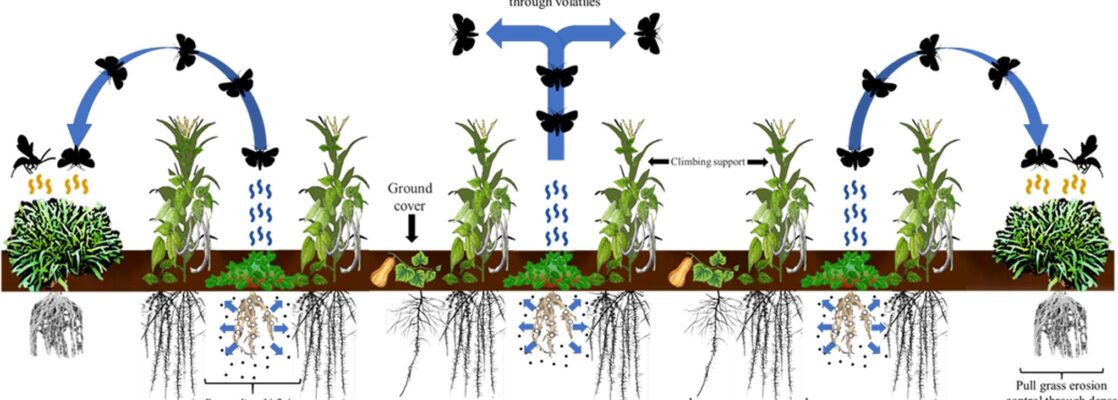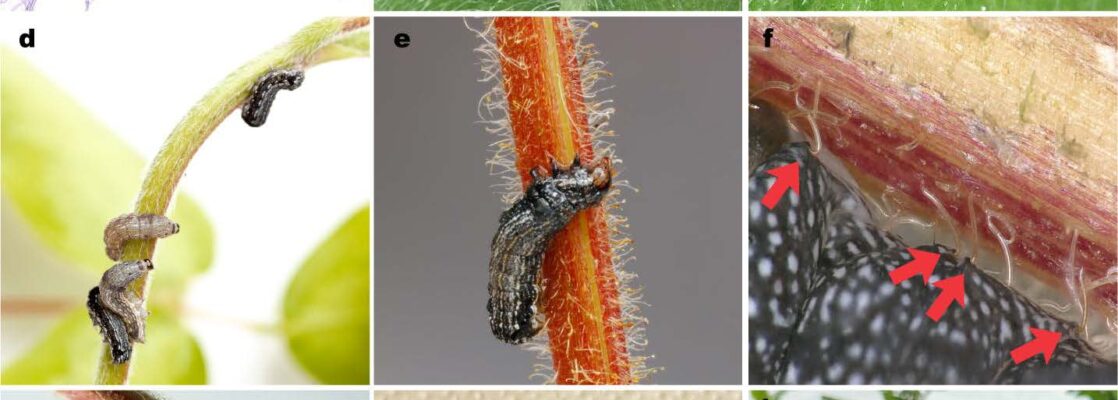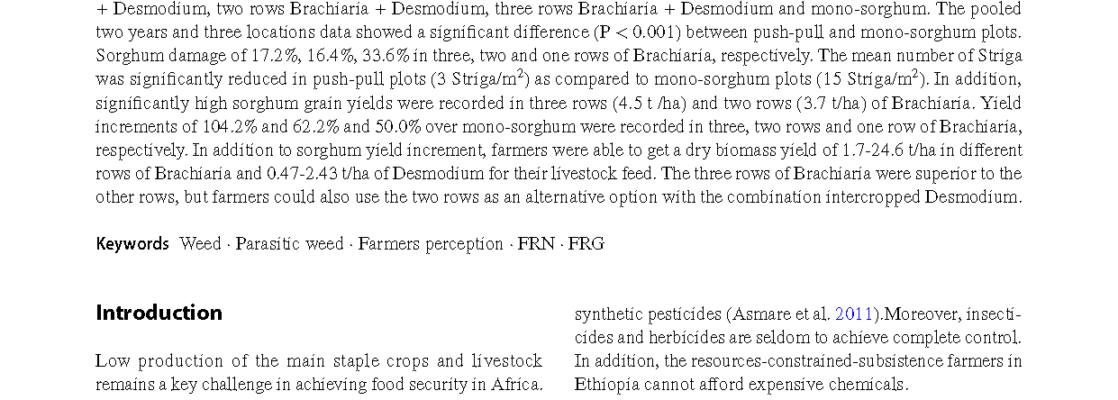Soil degradation is a major underlying cause of poverty and malnutrition in smallholder agrarian communities across the globe. Legume diversification, through polyculture or intercropping, is a strategy that increases yields and income while improving family nutrition. However, the potential for these legume-cereal intercrops to restore soil functions in smallholder fields remains uncertain, with many studies failing to detect increases in soil organic matter.
